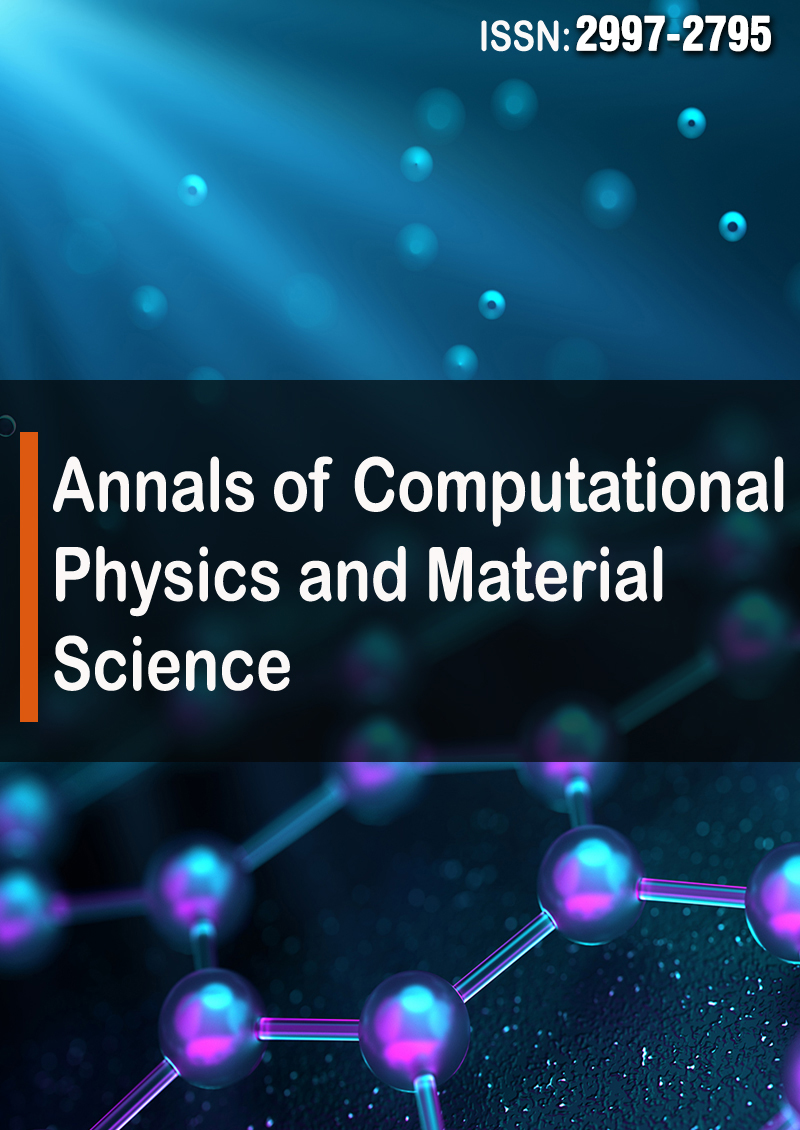Presenting the Ulianov Electron Distribution Model: A New Way to Define Electronic Orbitals
Abstract
Policarpo Yoshin Ulianov
This study presents a comprehensive comparison between the traditional Pauling electron distribution model and the innovative Ulianov model proposed by Dr. Policarpo Yoshin Ulianov. The Pauling model, which relies on the Aufbau principle, Hund’s rule, and the Pauli exclusion principle, has been a cornerstone in understanding electron configurations within atoms, organizing electrons into s, p, d, and f orbitals. In contrast, the Ulianov model introduces a novel linear progression for electron occupancy, proposing additional orbitals (g and h) to account for electron distribution in a manner that deviates from conventional methodologies. Through an analytical comparison, this paper evaluates both models in terms of functionality, energy levels, and methodology, highlighting the advantages and disadvantages inherent to each. The Pauling model is recognized for its empirical support and wide acceptance, offering a well- established framework for electron configuration. Meanwhile, the Ulianov model provides a fresh perspective that could potentially explain anomalies unaddressed by the Pauling model and predict new chemical properties, despite its current lack of empirical validation. Concluding, while the Pauling model remains the standard for electron configuration, the Ulianov model’s innovative approach challenges existing paradigms and invites further investigation into its validity and potential applications in the scientific community.



